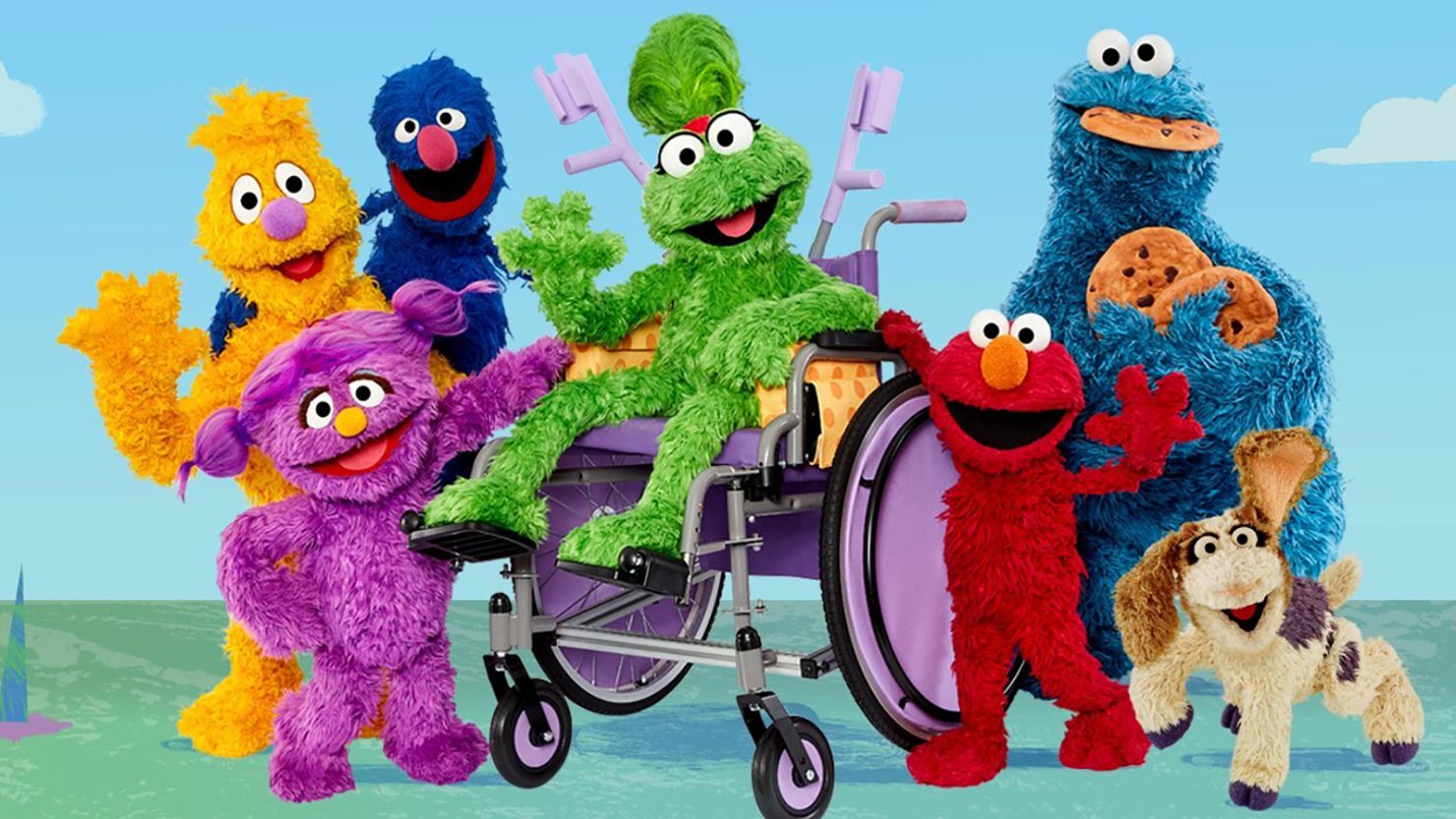Editor’s Note: Michael J. Nyenhuis is the president and CEO of UNICEF USA. He previously served on USAID’s Advisory Committee on Voluntary Foreign Aid and chaired the board of the Integral Alliance, a global network of faith-based nongovernmental organizations. Sherrie Westin is the president of Sesame Workshop, the nonprofit educational group behind “Sesame Street.” The views expressed in this commentary are their own. View more opinion at CNN.
Sesame Workshop recently introduced Ameera, a witty, inquisitive 8-year-old girl Muppet who loves science and uses a wheelchair and forearm crutches due to a spinal cord injury.

Ameera helps to represent the nearly 1 in 10 children with disabilities worldwide. Among the outpouring of messages welcoming the character, Sesame Workshop received a singularly important one of concern from UNICEF: Ameera was not using the right wheelchair for her needs.

Ameera can walk using crutches, meaning she has good balance and strong arms. The design of her wheelchair should be an active, compact chair with a low backrest, no armrests and tucked-in footplates. Instead, Ameera has a bulky, basic folding frame wheelchair that is not the most appropriate fit for her.
This was not news to Sesame. The creators had intentionally given Ameera a chair that would reflect the realities of children growing up in areas affected by conflict and crisis, because these children are a core part of the audience Ameera is intended to reach.
This had been a topic of debate. Should the wheelchair reflect Ameera’s reality or accurately represent her needs? Is it more powerful to show the world as it is, or how it should be?
The latest data shows more than 2.5 billion people require one or more assistive technologies such as wheelchairs or hearing aids, according to the World Health Organization-UNICEF Global Report on Assistive Technology from May 2022. It’s a figure expected to reach 3.5 billion by 2050, the report found.
Access to assistive technology is a human right and prerequisite for equal participation and opportunities, yet most people do not have sufficient access, especially in areas affected by conflict, displacement and other crises.
Both Sesame Workshop and UNICEF agreed that Ameera’s wheelchair belonged at the center of a broader discussion about how to balance representing the current reality of access to assistive technologies while advocating to change it.
Representation is critical to ending stigma and discrimination against people with disabilities and promoting understanding and inclusion. That’s why Sesame created Ameera as a multidimensional character with her own humor, interests and bright personality that make her a natural leader among her Muppet friends. These character choices were just as intentional as the design of her wheelchair.
While developing Ameera, Sesame and its advisers on inclusion considered the audience for the show in which she would debut, “Ahlan Simsim,” which means “Welcome Sesame” in Arabic.
It’s the award-winning local version of “Sesame Street” in the Middle East and North Africa. Through “Ahlan Simsim,” millions of children across the region have met Ameera, including children who have been displaced and those living in host communities, many of whom do not have access to appropriate assistive technology.
Ameera also stars in a new library of videos designed to deliver playful learning to children affected by conflict and crisis worldwide. Many of these children have life-changing injuries and need access to affordable, appropriate assistive technology, yet these products are out of reach for the majority.
Advisers also acknowledged other realities. For example, an adviser who previously distributed wheelchairs in the Za’atari refugee camp in Jordan noted that parents often asked for larger wheelchairs because they wanted equipment their children could continue to use as they grew. Families also needed the wheelchairs to transport water or belongings.
Ameera’s wheelchair therefore reflects children’s world as it is — one where too many youths have inadequate or ill-fitting assistive equipment. At the same time, Sesame and UNICEF want to advocate for the world as it should be — one in which every child with disabilities has access to affordable, appropriate assistive technology.
Children’s access to such technology often determines if they can go to school, are able to play, participate in civic life and eventually become employed. Realization of these rights is central to the lives of children and their families while also benefiting communities and societies at large.
One of UNICEF’s priorities is to work with governments and other partners to improve access to assistive technology, from directly helping children and families receive equipment to supporting countries in understanding the wider needs of citizens, refugees and other individuals with disabilities.
The recent WHO-UNICEF Global Report on Assistive Technology also offers recommendations for people-centered, multisectoral actions to improve access to assistive technology for everyone who needs it.
As a Muppet with a physical disability, Ameera was designed to reflect children’s lived experiences. In too many cases, those experiences include the world’s failure to meet the needs of children living with disabilities.
Full representation means speaking to this reality, even as we continue to work toward a day when all children with disabilities have access to the appropriate assistive technology they need to thrive.

